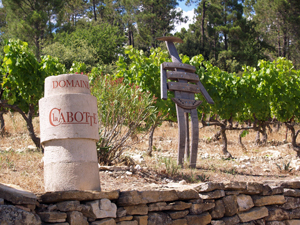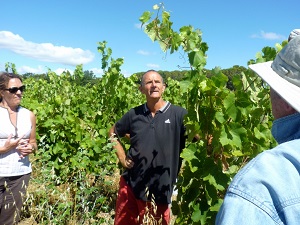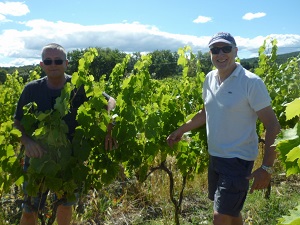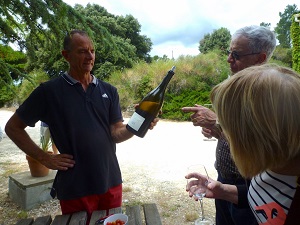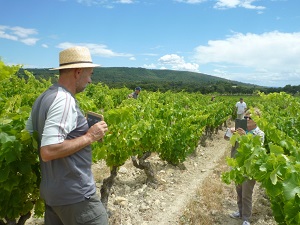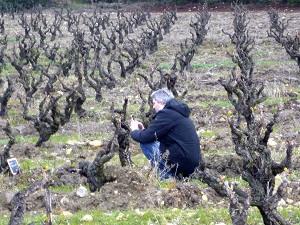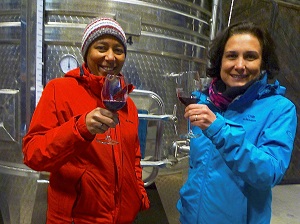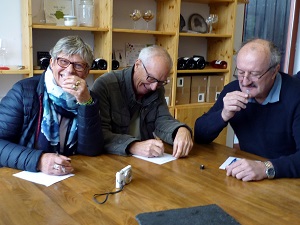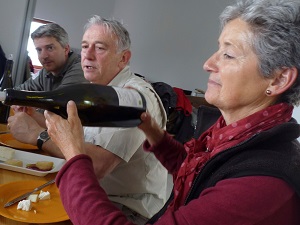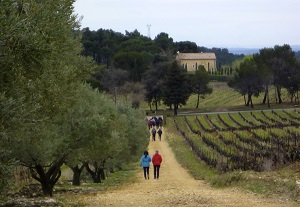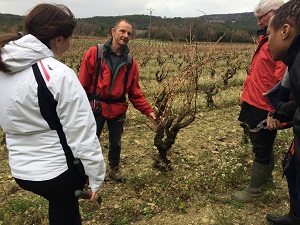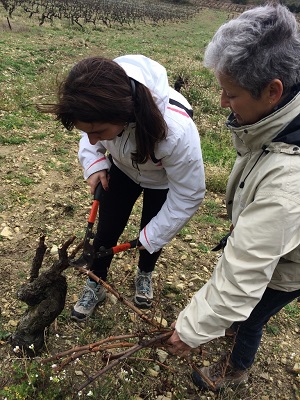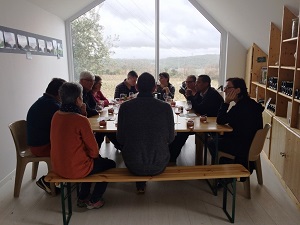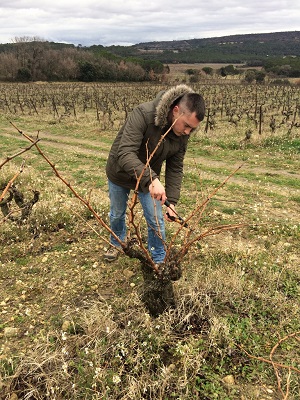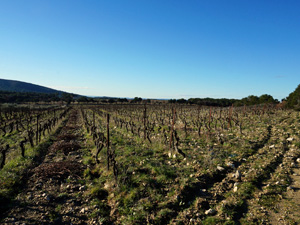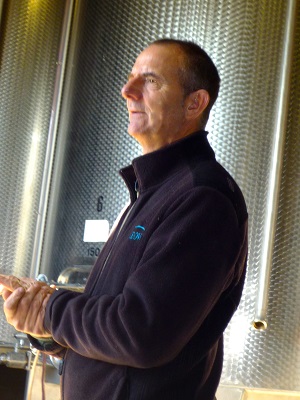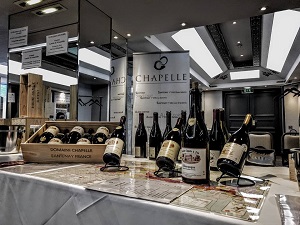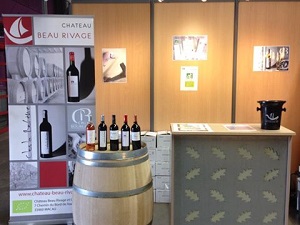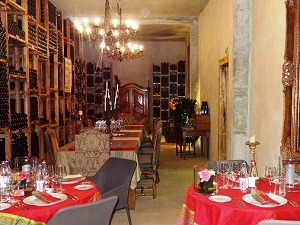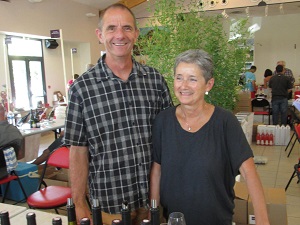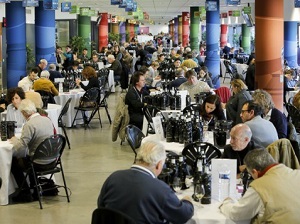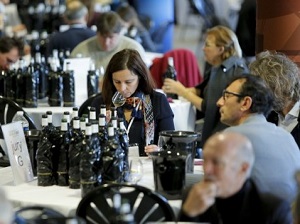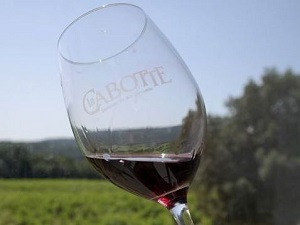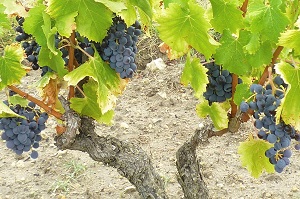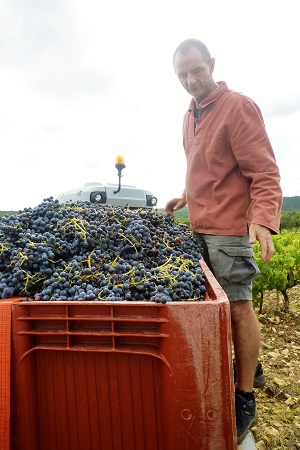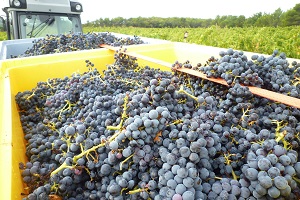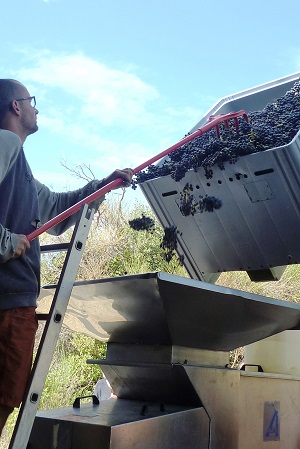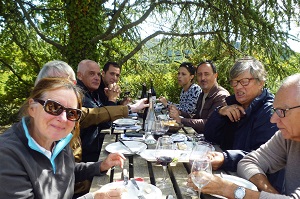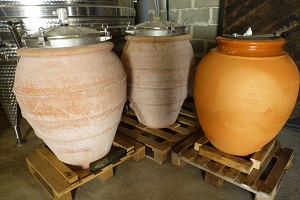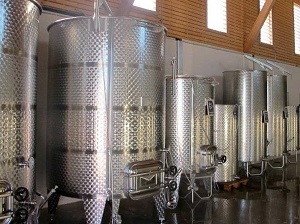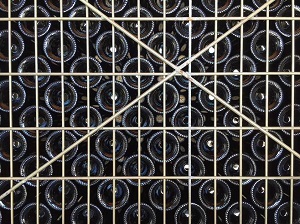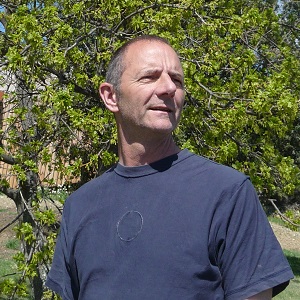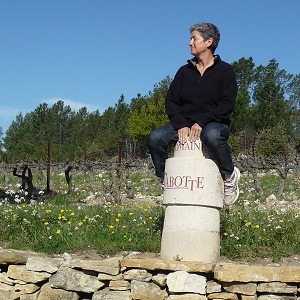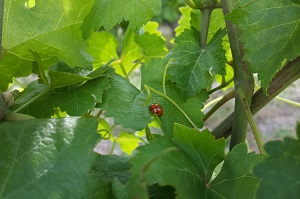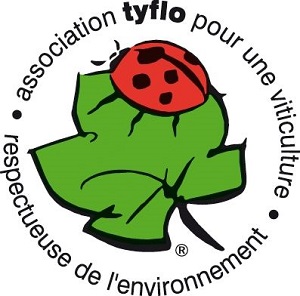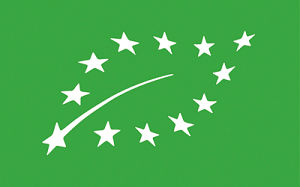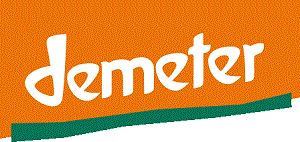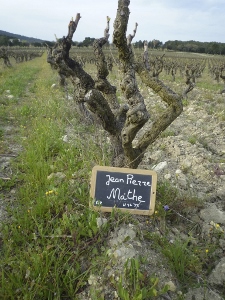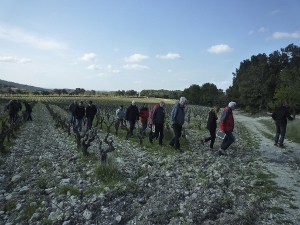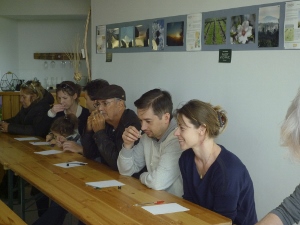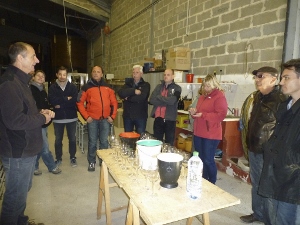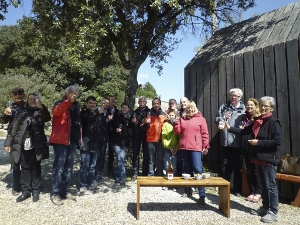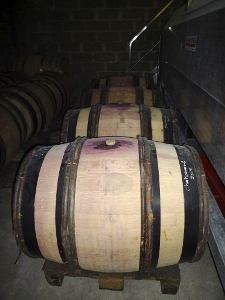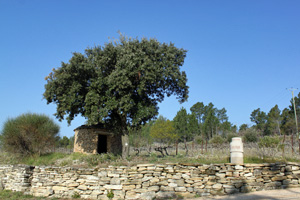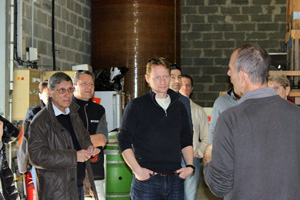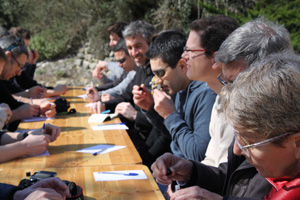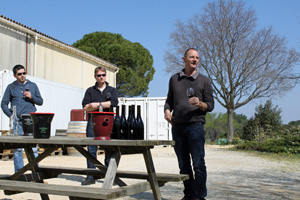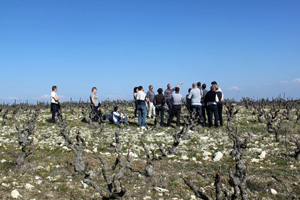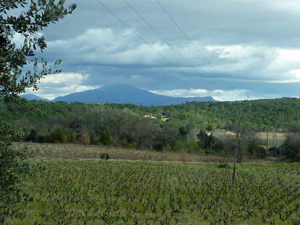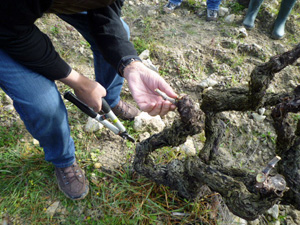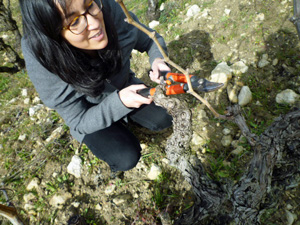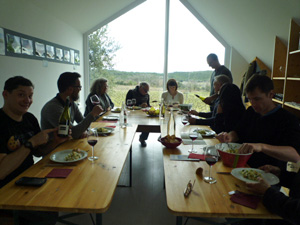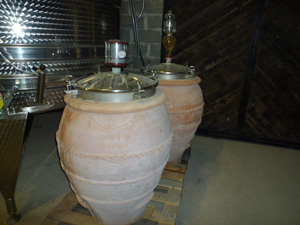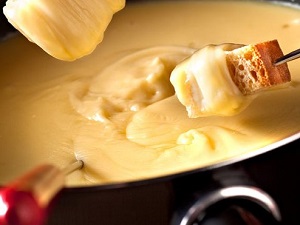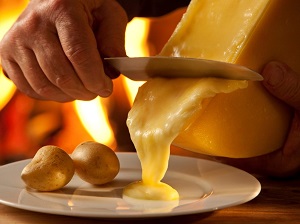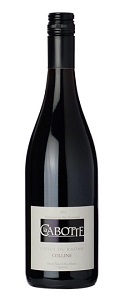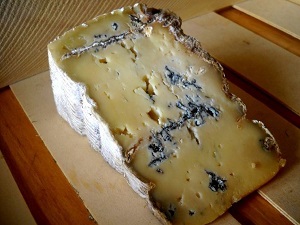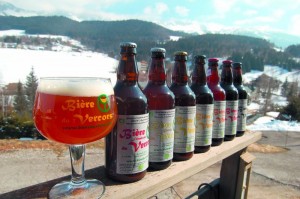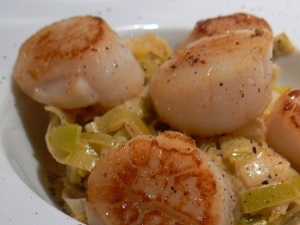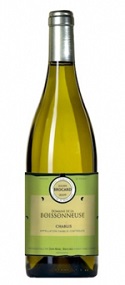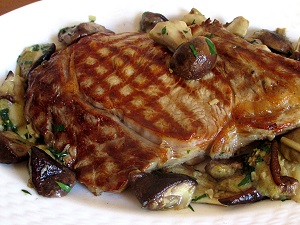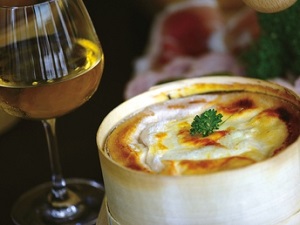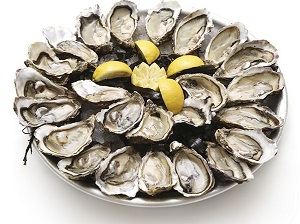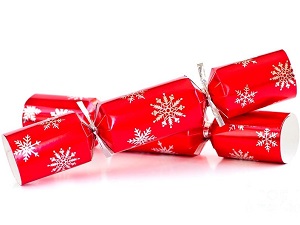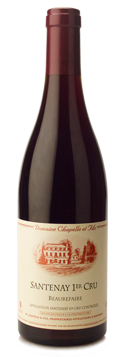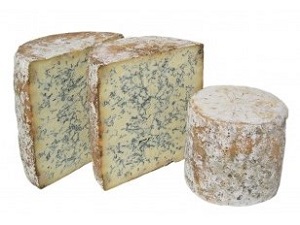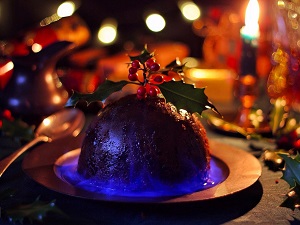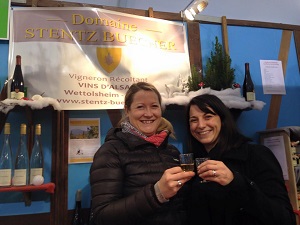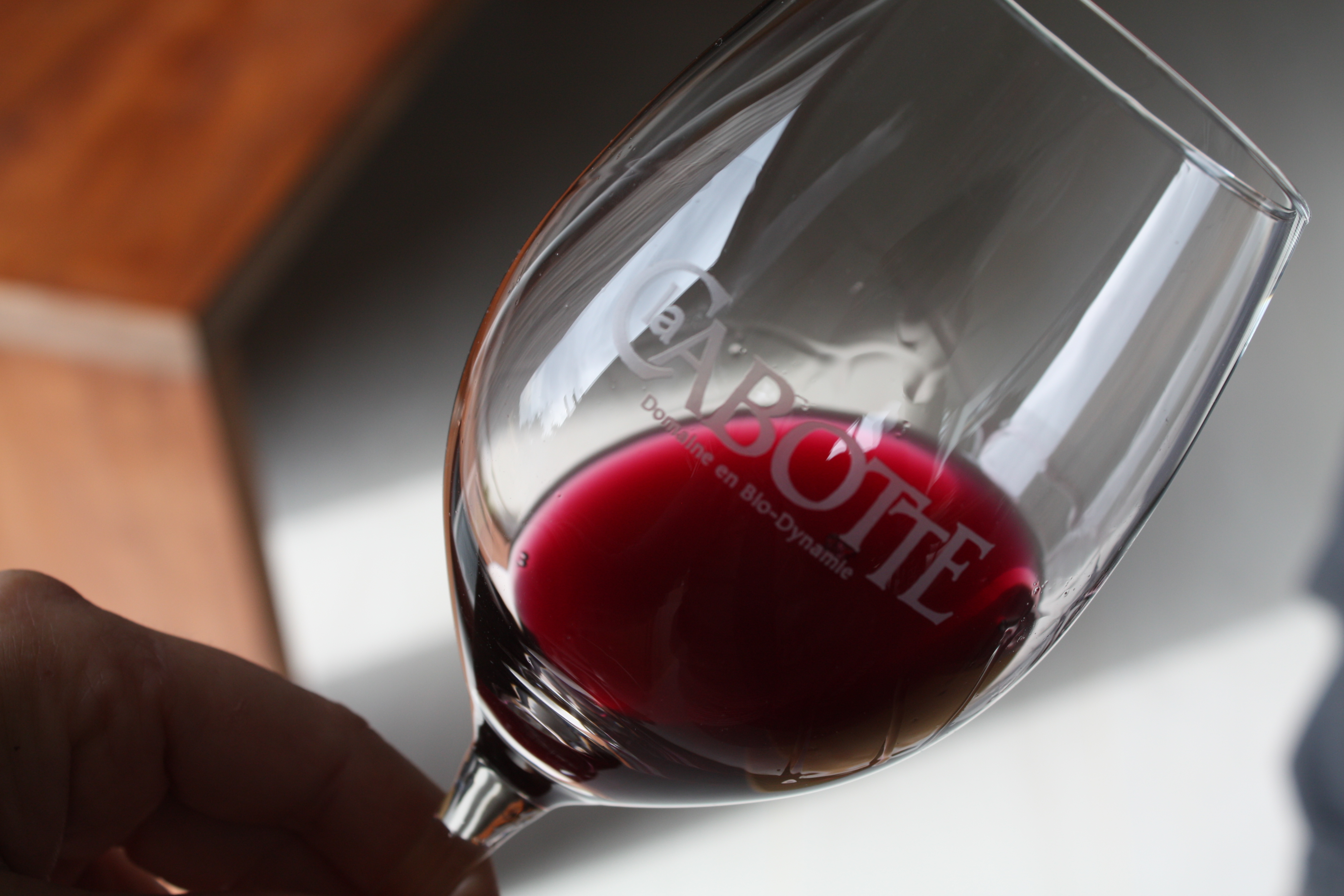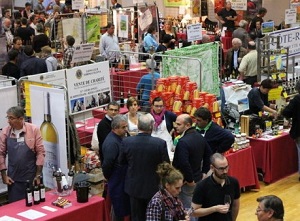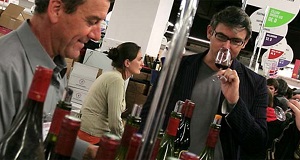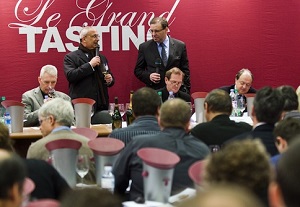The terroir and grape varietals of the Rhone Valley
The Rhone Valley landscape is very old, being formed some 300 million years ago as a result of the volcanic activity of the Massif Central, then when the Alpes were born 40 million years ago, some of the land subsided, separating the two massifs by the valley created between the two. At first the sea covered the land, but little by little the water level decreased and the river bed dug deeper leaving behind layered terraces on the banks of the valley. Today, four different types of rock and soil type can be found. Granite, sandy silica, limestone and clay. This varied terroir helps explain why the region is home to so many different grape varietals.Some 27 grape varietals can be found in the Rhone Valley, 21 of which can be used in the Cotes du Rhone wine appellations. The main varietals found are grenache noir, syrah and mourvèdre for the red wines, and marsanne and viognier for the white wines. Grape varietals with a high tannic structure such as syrah favour silica soils for example, whilst the Grenache do well in limestone.
The history of the Cotes du Rhone wine-growing region
Wine-making in the Rhone Valley goes back a very long way, and we can find traces near Marseille that date to 400 BC, and as you go further north, to the first century AD. At this time, the large wine growing towns emerged on the banks of the river, as well as the workshops that produced the amphorae, used to transport the wine. These archaeological discoveries make the Rhone wine growing region one of the oldest in France.The reputation of the wine from the region expanded in the 14th century during the time that the Popes settled in Avignon rather than Rome. The wine growing region developed lots during this time, and in 1650, there was even regimentation in place to guarantee the origin and quality of the “Coste du Rhône” wines. The appellation AOC Cotes du Rhone was launched in 1937.
The appellations
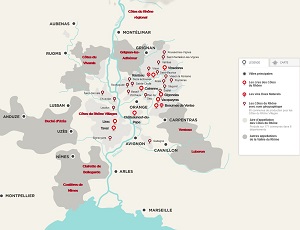
The Cotes du Rhone AOC territory stretches some 250 km from north to south and covers 171 communes. A wine that carries the Cotes du Rhone AOC can be made from grapes grown anywhere within this geographical area. Next up the chain are the Cotes du Rhone Villages wines that are produced by 95 authorised communes. There are then 18 Cotes du Rhone Villages appellations that are allowed to include the name of the village from where the grapes are grown. Wines that fall into this category include Cairanne, Laudun, Massif d’Uchaux, Valréas and Visan. At the top of the hierarchy are 17 Cotes du Rhone Cru wines such as Châteauneuf-du-Pape, Vinsobres, Vacqueyras, Gigondas, and Tavel. These wines are considered to be of the best quality.
There are also a few AOC appellations from the Rhone Valley that don’t fall under the Cotes du Rhone umbrella, such as Costiere de Nîmes, Ventoux, and Grignan-les-Adhemar.
An interactive map of the different appellations is available on the InterRhone website, a site that promotes the AOC Cotes du Rhone and Rhone Valley wines.
A few hidden gems to discover
As we have seen, there are many different wines in the Rhone valley, covering a large geographical area, and even if we have only looked at the southern Rhone wines in this article, the wines produced are very varied in style. There are still lots of appellations that are largely unknown to many, but which are gaining in notoriety and becoming more and more sought after by wine professionals and wine lovers alike.
The Massif d’Uchaux Cotes du Rhone Villages is a great example. This relatively new appellation was granted a named Villages status in 2005 to designate the 750 hectares that make up the distinct geology of the terroir, being made up of principally limestone soil, at a slightly higher altitude than the surrounding landscape, and with south, southeast or southwest facing slopes. Millions of years ago, the Massif d’Uchaux was an island, surrounded by sea. This unique terroir produces fruity and concentrated wines. The wine must be made up of at least 50% Grenache noir, but can be blended with a mix of the other regional grape varietals of syrah, mourvedre, cinsault or cargignan. Domaine de la Guicharde and Domaine la Cabotte are great ambassadors of the appellation.
Another appellation is Grignan-les-Adhémar, formerly known as the Coteaux du Tricastin. Thanks to thoroughly renewing their charter and changing their name, they have been able to rejuvenate this wine growing region. It benefits from a diverse geology and its proximity to the hillsides helps develop wines that are fruity and fresh.
Next time you’re passing through the southern Rhone wine growing region, don’t hesitate to stop to admire the picturesque scenery and to treat your taste buds to the many delicious wines and culinary delights!
Related articles
Le Domaine de la Guicharde rejoint l’Expérience Vin de Gourmet Odyssey



